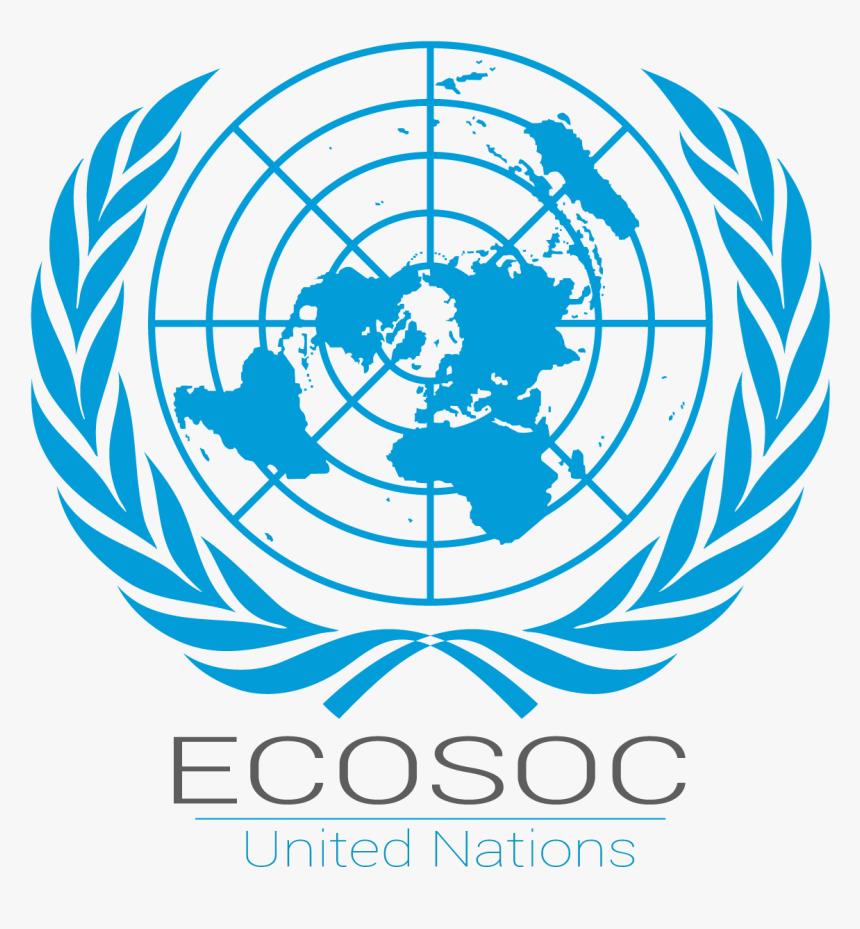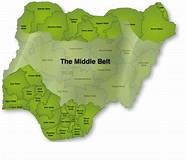Martina Centre for Sustainable Development


Our Objectives and Mission
Martina Centre For Sustainable Development (MARTINA CENTRE) registered in 2000 as a non-governmental organization has set out to undertake an in-depth study of specific issues of poverty (Disease and Health, Illiteracy, Women/Child Education, Shelter, Food and Malnutrition, Income generation activities/sustainable livelihood), generate data; document and propagate and produce information, and Mobilize Resources as well as work with rural communities for the genuine development of the people of Middle-Belt area of Nigeria and beyond.
The Middle Belt of Nigeria

Geo-politically, the Middle Belt cuts across central Nigeria, broadly, it is conceived to include the states of Adamawa, Benue, Kogi, Kwara, Nasarawa, Niger, Plateau, Taraba and the Federal Capital Territory of Abuja, also including substantial parts of southern Bauchi, Southern Kaduna and Southern Kebbi.
However, a narrower conception, as recently announced by the Federal Government of Nigeria in its six zonal political arrangement of the country recognizes Benue, Kogi, Kwara, Nasarawa, Taraba, Plateau and Niger as constituting the Middle Belt States.
Whether broadly or narrowly defined, according to the 1991 census, the population of the Middle-Belt is over 25 million. Despite its diversity of ethnic grouping and religious belief, (Christians, Muslims and Animist), the region shares similar cultural experiences,
identity and consciousness. The people of the area are essentially agrarian rural dwellers.
A food producing area, especially grains and root crops, the area is a source of food for the Sahelian states of the north and the forest region of the South. Also, as a consequence of the colonial experience, the region became a labour reserve
for the rubber and cocoa plantations in the West and for professional white – collar, unskilled, semi-skilled workers and labourers for the civil service in the north, the industries in Kano and Kaduna, and the tin mines in the Jos Plateau.
Given the policy of induced labour in the area, it became convenient for the colonial government and the succeeding national governments not to establish or promote formal industrial activities in the region. This explains why industrial establishments are depressingly few in the area.
The control of commerce and distributive trade in Nigeria is solely in the hands of the south and the far north, with the result that a capital holding class is virtually non-existent in the Middle-Belt.
Thus, capacity building in the economic sphere must involve finding ways to create a private capital holding class for Nigeria. at the second level, the agrarian producers have to be empowered to enable them derive maximum returns on the fruits of their labour through the setting up of community based sustainable economic activities that will be supported by micro credit facilities.
However, a narrower conception, as recently announced by the Federal Government of Nigeria in its six zonal political arrangement of the country recognizes Benue, Kogi, Kwara, Nasarawa, Taraba, Plateau and Niger as constituting the Middle Belt States.
Whether broadly or narrowly defined, according to the 1991 census, the population of the Middle-Belt is over 25 million. Despite its diversity of ethnic grouping and religious belief, (Christians, Muslims and Animist), the region shares similar cultural experiences,
identity and consciousness. The people of the area are essentially agrarian rural dwellers.
A food producing area, especially grains and root crops, the area is a source of food for the Sahelian states of the north and the forest region of the South. Also, as a consequence of the colonial experience, the region became a labour reserve
for the rubber and cocoa plantations in the West and for professional white – collar, unskilled, semi-skilled workers and labourers for the civil service in the north, the industries in Kano and Kaduna, and the tin mines in the Jos Plateau.
Given the policy of induced labour in the area, it became convenient for the colonial government and the succeeding national governments not to establish or promote formal industrial activities in the region. This explains why industrial establishments are depressingly few in the area.
The control of commerce and distributive trade in Nigeria is solely in the hands of the south and the far north, with the result that a capital holding class is virtually non-existent in the Middle-Belt.
Thus, capacity building in the economic sphere must involve finding ways to create a private capital holding class for Nigeria. at the second level, the agrarian producers have to be empowered to enable them derive maximum returns on the fruits of their labour through the setting up of community based sustainable economic activities that will be supported by micro credit facilities.
On the political plain, the people of the region have historically sought to achieve some level of political autonomy in order to sharpen their own destiny within the context of the Nigeria nation. While the establishment of the states system in the Federal structure gave some measure of relative autonomy, due to the extreme poverty however, the people are still politically marginalized. It is therefore, only with economic empowerment that the people of the area can participate in our national life.
Socially, the area is an amalgam of nationalist, but it remains a minority in the context of Nigeria’s politics. It is also the least developed and urbanized region in the country.
The region is experiencing rapid and dramatic changes in its demographic profile. Due to its relatively low population density, combined with reasonable level of resource endowment, it has become a net receiver of migrant population from the north and from the south. The intervening variables include the Sahelian drought in the late 1980s, the shift of power center from Lagos to Abuja, and the recent recurring insecurity and religious crisis in the core Muslim areas of the north.
The result has been an increasing tension and competition over land in the rural areas between nomadic cattlemen and subsistence farmers, and also between farming communities. In recent years there has been a noticeable increase in communal clashes, both within and across state borders; most of it aggravated by the inability to adapt land practices to the dynamics of population changes and greater demand and competition for land. Although government at all levels are very much aware of this problem, viable solutions are not readily available for effective conflict resolution, management and prevention.
Government policy of limiting public sector expenditure has drastically curtailed avenues for economic and political empowerment. Generally speaking, education has suffered very serious setback. The Middle-Belt has been very had hit.
Given its relatively low share of national income, and therefore its heavy reliance on the public sector, private sector activities have been negligible. Millions of young school leavers in the region are unemployed. This situation poses severe social and economic problems now, and more so for the future.
Similarly, with the cut back on health delivery services, the most venerable groups in society – women and children – are badly hit. This is why the issue of health care for women and children has been so critical with special focus on HIV/AIDS and other communicable diseases. Attendant to the fierce competition for resource and rapid population growth is the unmitigated degradation of the ecology. The Plateau, Benue and Kogi areas of the Middle-Belt for instance, is experiencing an ecological catastrophe due to the inability of government to control over half a century of erosion caused by activities of mining and natural forces. This situation does not square in with the current global concern and interest in promoting development programs that are environmentally friendly. Data on environmental degradation and other forms of decay will be critical in promoting poverty alleviation programs in the area.
Socially, the area is an amalgam of nationalist, but it remains a minority in the context of Nigeria’s politics. It is also the least developed and urbanized region in the country.
The region is experiencing rapid and dramatic changes in its demographic profile. Due to its relatively low population density, combined with reasonable level of resource endowment, it has become a net receiver of migrant population from the north and from the south. The intervening variables include the Sahelian drought in the late 1980s, the shift of power center from Lagos to Abuja, and the recent recurring insecurity and religious crisis in the core Muslim areas of the north.
The result has been an increasing tension and competition over land in the rural areas between nomadic cattlemen and subsistence farmers, and also between farming communities. In recent years there has been a noticeable increase in communal clashes, both within and across state borders; most of it aggravated by the inability to adapt land practices to the dynamics of population changes and greater demand and competition for land. Although government at all levels are very much aware of this problem, viable solutions are not readily available for effective conflict resolution, management and prevention.
Government policy of limiting public sector expenditure has drastically curtailed avenues for economic and political empowerment. Generally speaking, education has suffered very serious setback. The Middle-Belt has been very had hit.
Given its relatively low share of national income, and therefore its heavy reliance on the public sector, private sector activities have been negligible. Millions of young school leavers in the region are unemployed. This situation poses severe social and economic problems now, and more so for the future.
Similarly, with the cut back on health delivery services, the most venerable groups in society – women and children – are badly hit. This is why the issue of health care for women and children has been so critical with special focus on HIV/AIDS and other communicable diseases. Attendant to the fierce competition for resource and rapid population growth is the unmitigated degradation of the ecology. The Plateau, Benue and Kogi areas of the Middle-Belt for instance, is experiencing an ecological catastrophe due to the inability of government to control over half a century of erosion caused by activities of mining and natural forces. This situation does not square in with the current global concern and interest in promoting development programs that are environmentally friendly. Data on environmental degradation and other forms of decay will be critical in promoting poverty alleviation programs in the area.

